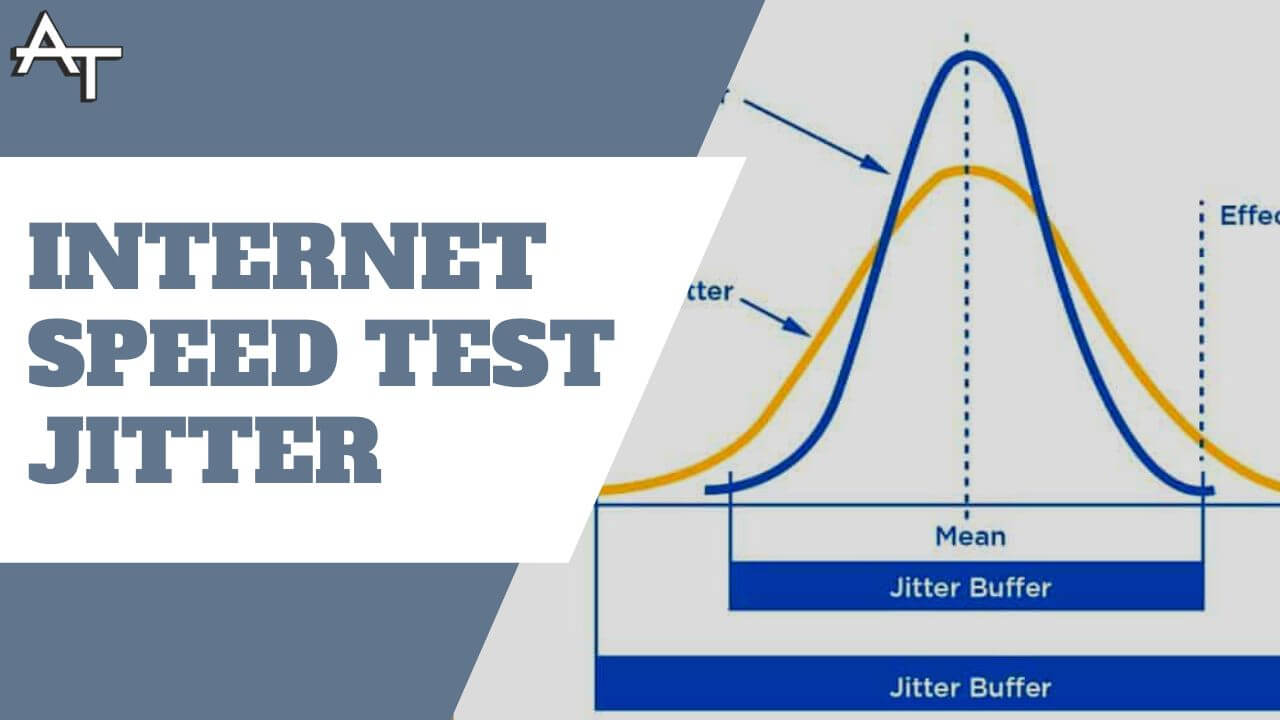When you take a speed test, one of the most important things to consider is jitter. This is also known as Packet Delay Variation (PDV). High jitter will cause interruptions while streaming or gaming. There are several apps that can test your jitter and give you an idea of your internet speed test jitter, you can use the Speedtest app or speedtest.com. The speed of your connection is measured in megabits, which are one million bits of information. By measuring jitter, you’ll get an idea of how many megabits your connection is capable of transferring.
Ping
Internet speed test jitter is a measurable component of your connection speed. The amount of jitter indicates how stable your connection is, and should be as low as possible. If you find a high jitter value, it means your connection is not stable. Speed tests also reveal detailed results, such as the amount of data transferred in megabytes (MB) and the upload and download speeds. This information is very useful in determining your data volumes. Many websites even offer a free speed test, which you can embed in your website.
The jitter/ping test takes several thousand ping measurements from servers around the world. This can take several minutes, depending on your internet speed. The results are then displayed as a chart, along with a grade for each test. If the jitter value is high, you might experience stuttering during online games and other activities. A low jitter value, on the other hand, isn’t noticeable in everyday tasks.
The jitter value represents the time it takes for data to travel over the internet from your computer to another device. It is measured in milliseconds and is typically between 12 and 20 ms. Jittery connections are slower, because packets do not arrive at the same place at the same time. According to Ookla, the average home connection runs with between 12 and 20ms of jitter.
Jitter
When taking an Internet speed test, jitter is often one of the metrics that is included. This measurement measures the change in internal delays between successive data packets. If the jitter value is high, it can cause stuttering during online games and other tasks. However, if it is low, it will not have an effect on daily tasks.
Jitter is measured in milliseconds, and is an important metric to keep an eye on. This is because a high jitter value can cause buffering during streaming or video calling. Internet speed test jitter results should be low, as a high jitter value indicates that your connection is unstable. The results will give you a breakdown of how much data your connection can handle and how much it can send and receive. To make a good decision, you should also check the download and upload speed.
Before taking an Internet speed test, make sure you are on the same network as your computer. This can be tricky for some people because their computer is connected to many different devices. But if your connection is stable and fast, you can be sure that it will have a low jitter. A high jitter speed can make your connection slow, meaning you may have to wait a long time before you get a response.
Increasing the bandwidth of your internet connection can also help reduce internet jitter. A higher bandwidth will improve the speed of data transmission and decrease network congestion. As a result, your internet connection will be faster and more reliable.
Packet Loss
When your internet speed test is displaying jitter, it is most likely caused by a phenomenon called packet loss. This problem occurs when a packet is lost along the path between your computer and the service provider. While this is generally out of your control, there are things you can do to minimize the impact of this problem.
One common cause of packet loss is network congestion. In such cases, packets are intentionally dropped, allowing other traffic to use the available capacity. This causes the Internet to slow down. Another cause is equipment degradation or failure. In addition, interference can cause transmission errors. If this occurs, it can affect the quality of the data stream and the quality of phone calls.
One way to reduce this problem is to use a tool that measures jitter. This tool can calculate the average jitter between successive data packets. The higher the jitter value, the more variations there are between the pings. Although high jitter isn’t necessary for all online activities, it can affect voice over IP (VoIP) and HD video streaming.
Latency is another factor that causes internet speed test jitter. Latency is the time it takes a packet to get from one end to the other. It is measured in milliseconds and can be measured with a ping test. High jitter can affect your streaming or gaming experience, so it’s important to monitor your network and make sure that it is stable and has a high enough ping to prevent interruptions.
Network Congestion
Jitter is a type of latency that occurs when traffic patterns on a network change rapidly. This causes packets to be resent and increases network congestion. There are two main causes of jitter. One is that a computer sends a large amount of traffic at one time and is unable to keep up with the demand. Another is that packets can get damaged during transit or delayed, causing retransmissions.
Network congestion can affect any part of a network. This can be caused by overuse, faulty devices, or poor network configuration. It can affect your Internet speed, cause jitter and latency, and cause dropped packets. This problem can also be an early warning sign of a larger problem.
One way to determine if your connection is experiencing network congestion is to run an internet speed test. The speed test can identify if there is network congestion based on packet loss and jitter. Then, if you’re having problems, you’ll need to contact your ISP.
Network congestion causes jitter because traffic is not always synchronous. This means that a packet arrives at a router and must wait for existing traffic to process it. This causes gaps in data and can ruin the quality of video and audio streams.
Ethernet Cable Wired Connection
When you run an Internet speed test, you may see internet jitter. If this is the case, you may need to make changes to your connection. First, make sure you have the correct cable size and connection type. Second, check that the cable is not bent or damaged. Lastly, make sure you are connecting your computer to the router at the right distance. The recommended distance is between one and three meters.
Jitter is the variation in internal delays between consecutive data packets. High jitter can affect your streaming videos and audios and reduce the quality of those streams. It can be a problem in any wired connection, but there are several simple fixes you can try.
If the jitter is due to your internet connection’s router, you should try upgrading it. A better router will prioritize voice traffic over network traffic, so this will help minimize the problem. But upgrading a router is not as easy as changing the speed of your Internet connection. You can also try researching your ISP to find out if it has the same problem. Also, make sure to check reviews to see if others have experienced similar issues. You should also check whether the bandwidth capacity of the router and modem are sufficient.
Using an Ethernet cable for your internet connection can also reduce the problem of jitter. This type of connection is more stable than WiFi and can support more devices and VoIP traffic.
Fixing Jitter Buffers
One way to diagnose jitter is by using an internet speed test. A network speed test is done by sending a file across the network to a specific computer and measuring the time it takes for it to download. It determines the theoretical data speed between two points, usually measured in megabits or kilobits per second.
In addition to testing the bandwidth of your connection, it is also possible to improve the quality of your voice call by adjusting the jitter buffer. This can prevent your network from using too much bandwidth during your voice and video calls. Moreover, it prevents video streaming when you are making a voice call.
If you are having jitter issues, it is important to upgrade your internet connection. The best way to achieve this is to switch to a plan with faster bandwidth. A higher-speed connection will help you eliminate this issue. However, if you do not have this option, you can opt for another provider.
If you’re not able to do so, consult with your network administrator to see what can be done. A jitter buffer helps VoIP calls by reorganizing the data packets during long transmissions. This prevents packet loss and improves audio quality. Jitter buffers are also a good solution for video streaming. They can help improve the quality of your VoIP calls and help you keep a high-quality conversation with your customers.

